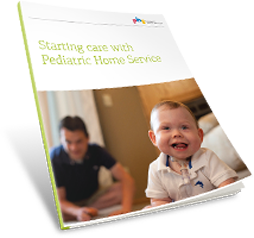Infusion Courses
IV Basics (Online) 2016-2022
This interactive, narrated, self-paced online course focuses on general IV therapy concepts. In addition, extra information is added for providing infusion therapy for the home infusion and pediatric patient. The course is designed to provide practical information and tools for the hands-on clinical nurse. Topics include
- Common IV therapies
- Basic venous anatomy
- Peripheral venous access devices (short peripheral catheters, midline catheters)
- Central venous access devices (PICC, tunneled catheters, non-tunneled catheters, implanted ports)
- IV delivery methods
- Catheter assessment and maintenance
- Complications and troubleshooting strategies based on Infusion Nursing Society (INS) Standards of Practice.
- Patient education
An optional in-classroom lab for hands-on time is available to practice a dressing change, needleless connector change, and flushing procedure on a central venous access device.
The optional lab takes place at Pediatric Home Service in Roseville, Minnesota. NOTE: This is not a skills competency. Each employer is responsible for ensuring their staff’s competence.
5 contact hours will be awarded to online class participants.
Criteria for successful completion to receive five contact hours
- Completion of all course modules
- Achieving a passing score of 85% on post-test
- Completion and submission of evaluation form
This course meets the CE requirements for nurses in the state of Minnesota. We are currently working to get this course approved nationally. If you don't live in Minnesota, or are not a nurse, you are responsible to ensure this course meets your requirements.
Objectives: Upon completion of the presentation the participant will be able to
- Describe common intravenous therapies, indications for therapy, methods of delivery, and infusion equipment.
- Identify the different types of peripheral venous access devices and the appropriate use of each type of device.
- Identify the different type of central venous access devices and the appropriate use of each type of device.
- Discuss different IV equipment and supplies and their appropriate use.
- Perform an assessment on a central venous access device.
- Demonstrate a dressing change, a needleless connector change, and flushing procedure on a central venous access device.
- Identify complications and troubleshooting strategies related to peripheral and central venous access devices.
Course authors: Jean Stumpf, BSN, CRNI and Jill Wall, BSN, CRNI


